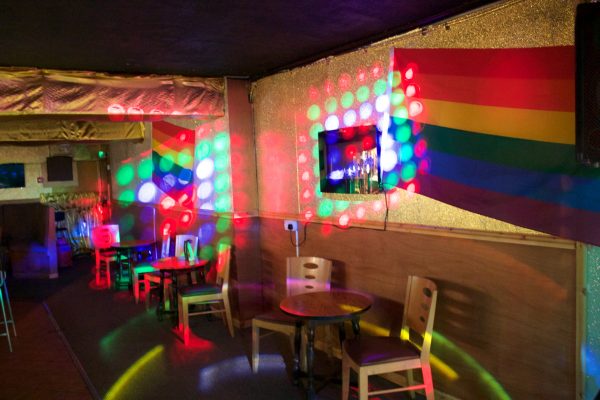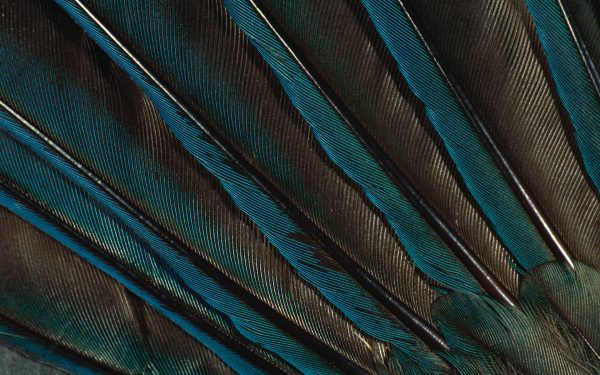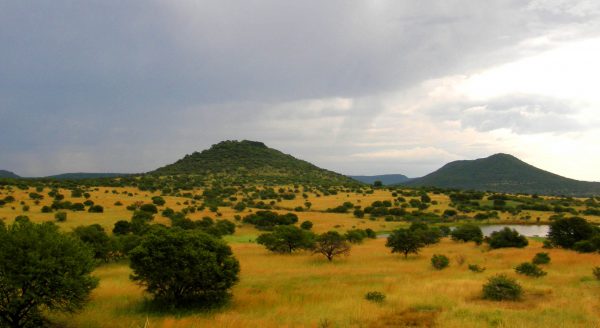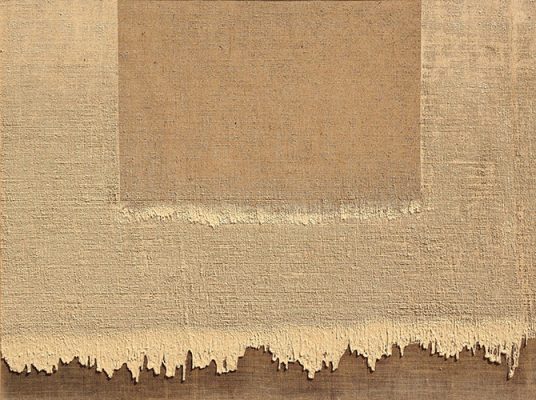With few exceptions, the queer spaces I have visited over the years vary wildly, but there is a slippery quality that unites my experiences in them: the warm bath of alterity. The queer DJ and writer madison moore describes clubs as ‘portals’, for their ability to help us imagine a different way of doing things, to escape the capitalist and heteronormative logic of the ‘real world’. Through the gay bar as portal, we might enter places where we can be the majority not the minority, places where fantasy and debauchery are made possible, where identity and desire are heightened.
Jeremy Atherton Lin’s GAY BAR: WHY WE WENT OUT (2021) is a declaration of the author’s love of gay bars. It is, as far as I can tell, one of the only attempts at a cultural history of the gay bar, be it a cultural history that is sexier and messier, because Lin does not shy away from the visceral qualities of gay bars. He does not evade the smells and the dirt and the fluids as a comparatively fusty historian might (see, say, Peter Ackroyd’s QUEER CITY, 2017) and instead embraces impropriety. GAY BAR opens in a dark room, which Lin describes as ‘crowded like a bumper car rink’. It’s a space seething with desire, but one edged with violence too, as Lin’s body is tugged and grabbed by a circle of ‘benevolent bullies’ whose ‘bodies circumscribed a turf, as on a playground or prison yard’. In one memorable section, Lin describes an underground fisting club in 1970s San Francisco called the Catacombs, quoting the theorist Gayle Rubin’s memory of it: ‘Just walking into that room could put a person in a leathery mood’.
GAY BAR is a kind of queer bildungsroman, in which Lin comes of age in the bars he writes about. The book’s structure revolves around venues Lin has known in London, L.A. and San Francisco, using them as anchors through which to explore the history of queer life in the area, as well as vanished gay spaces that once existed in the neighbourhoods. Scenes of bygone club dance floors are set out before us in palpable detail, from the disco song playing to the too-tight outfits worn. ‘The playlist formed an arc that would build, swell, peak and release’, Lin writes flirtatiously, in a description of the marathon DJ sets at L.A.’s Probe in the 1980s, based on archival research. Of another L.A. bar, Lin writes, ‘the purplish lights behind the bar were like mosquito zappers, making each drink iridescent’. While GAY BAR is brilliantly lurid, reading the book still feels like a fuzzy night out: you blink and you’re somewhere new, with no concern for how you got there. Late one night, Lin is riding the bus back home from a club with a boy (later to become Lin’s long-term partner, dubbed Famous Blue Raincoat). ‘Our fingers intertwined like a ball of yarn that rolled from lap to lap’, Lin writes. His prose does the same, smoothly winding its way from the eighteenth century to the modern day, transporting us into a pocket of gay history for a few pages then – snap (gay snap, naturally) – back to the present.
GAY BAR is not just chronologically expansive, but endlessly questioning. Lin’s dense and florid tone, a kind of intellectual gay flamboyance, has a tendency to provoke, then leave you pondering. ‘But in a gay bar, do I become more or less gay?’ he asks, probing the question of whether gayness – otherness – dissolves in a gay space, or else becomes more visible than ever. ‘Is the mark of my queerness attenuated when contrasted with others more flaming than me? Is it absorbed by the dimness – or more fully exposed, as if under ultraviolet?’ Here Lin seems to nod towards cultural theorist David Halperin, who contends that ‘gay’ is not just an orientation but a ‘cultural practice’ – performed or socially constructed. If the generalised ‘gay bar’ of Lin’s title sounds monolithic or limiting, Lin prods at the edges of the term. The book focusses on mostly male spaces, yes – the author is a gay man – but it also asks bigger questions, like what ‘gay’ means in context, what makes a space ‘gay’ anyway, and how ‘gay spaces’ shape our own ideas about our sexualities. Across the book, Lin searches for his ‘category’ by trying on different preformed gay male identities, from clone to Britpop twink to fashion gay, while remaining aware this is prescriptive. In the early chapter set in L.A., for example, where Lin went to college, he conjures the profound alienation of coming of age as a skinny mixed-race boy against the backdrop of muscular white West Hollywood gays. ‘It was becoming apparent that being homo did not amount to being the same: I clearly was not like the other gays’.
Lin demonstrates how gay bars can contribute to identity formations by allowing those who visit them to be open and exploratory, while also showing how they can replicate oppression. In this sense, GAY BAR is a love letter, but not one that views its subject matter through rose-tinted glasses. In fact, a good portion of Lin’s book is spent discussing how the gay bars of his life have ‘consistently disappointed’, how these places that are built for gay people have a way of making us feel like we’re not welcome. Lin notes how a breed of toxic hypermasculinity has been enforced in male-centric gay culture, as a means to eliminate behaviours that might draw negative attention: ‘Masculine – normal – men with stealthy predilections could be invisible and therefore beyond the law’, he offers, suggesting that the legacy of criminalisation is partly responsible for a residual expectation to look and act ‘straight-passing’. Still rife within London’s gay scene, this expectation comes at the expense of gay and bi men who present as more feminine. He also describes the history (and ongoing existence) of racist door policies. Lin, who began frequenting the famous L.A. club Studio One in the 1990s, quotes a newspaper report from 1975 that found thirty-five instances of women or people of colour turned away on the door of Studio One within forty-five minutes, and not a single such instance involving white men. ‘Someone who looked like me might also have been denied entrance’, he writes, ‘I was under the impression I was always late to the party, but in fact I may not have been invited’. Many of the gay bars he describes are ‘not exactly what the term safe space brings to mind’, but beyond the femmephobia and racism, he wonders aloud whether some of the dangers that can arise in these spaces might be worth holding onto – and this is arguably the book’s strongest provocation.
‘People expect a book that’s affirmative, but it’s not, it’s problematic’, Lin recently said at GAY BAR’s online launch in March 2021, acknowledging that some queer readers might balk at the book’s primary focus on sleazy, male-only cruising bars. But GAY BAR is often nostalgic about precisely the kinds of gay spaces that seem to be disappearing: the saunas, pubs with glory holes in the toilets, or kinky, dark clubs with a sense of risk. Places where visitors present fetishistically and expect to actually be fetishised. Places that are ‘randy and problematic’, where a curious hen party would not dare to have brunch. Places where the ‘toxic masculinity’ can actually be smelt, or as Lin writes of one bar, ‘[t]he room did smell of penis, maybe. Like fog machine or nitrites, syrupy lager spilling over thick fists, smoker’s breath, someone’s citrusy cologne, the bleached vinyl seats’.
Across the book, Lin interrogates why these kinds of bars and clubs are on the wane. Is it because cruising has been replaced by Grindr? Is it because of gentrification, whereby premises are bought up and turned into luxury housing or wine bars (especially in the astronomically overpriced cities that he writes about: London, L.A. and San Francisco)? Or is it because on some level society disapproves of them? Could we think about the erasure of these spaces as a mixture of all three of the above – part of the privatisation or sanctification of gay culture that came as a response to the AIDS crisis, and that has been ongoing ever since – another act of assimilation, accelerated by the arrival of civil partnerships and same-sex marriage? Is the gay bar’s decline now bound up with a new generation’s demand for more inclusive, sober-friendly places with a focus on enthusiastic consent, which could, in turn, be perceived as another form of moral policing? These are difficult questions, and Lin is smart to raise them without offering definitive answers.
Sleazy clubs with dark rooms aren’t the only bars Lin is concerned about in GAY BAR. He also laments the decline of the ‘retro’ or ‘basic’ gay bar – your G-A-Ys of the world, or their high street and small-town equivalents, although he acknowledges they have become ‘blatant, an embarrassment, a blight’. The type of bars with cheap shots, rainbow flags and ‘gay rimmed in lightbulbs’, where, as Lin elucidates, ‘the homo- prefix meant not just same sex but same gender, race, class’. With their trashy pop music and indeed popular appeal, they have increasingly attracted tourists, described by Lin as ‘straight drinkers [who] now blithely invade our territory like the gaggle of sloppy strangers who show up at the end of a house party’. In recent years, this particular type of gay bar has been closing across Britain, making way for an era of more inclusive, roving parties, which market themselves as queer rather than gay, attempting to welcome people from across the LGBTQ+ spectrum. In the final chapter of the book, Lin travels to Blackpool to visit a cluster of gay bars on the suggestion of his neighbours, the artists Rosie Hastings and Hannah Quinlan, who filmed the same venues for their 2016 video work, UK GAY BAR DIRECTORY. The film documents gay bars around Britain in an exploration of their gradual extinction and is several hours long, stitching together footage of bars that are almost always completely empty, and shot after hours. The pathos of the songs still playing and the lights still whirling conjure the last dance – bars on the verge of closure, the end of an era, a visual articulation of the void left without these spaces to go to. (The film takes on a new meaning during the pandemic, a cipher for all the abandoned gay bars across Britain that shut their doors to stem the spread of the virus.) But the film also seems to say something about architecture and identity. In one poignant shot, a bar stands empty, its pink pleather fittings doused in soft ‘bisexual lighting’ – the pink and blue lighting, popular in films and music videos, used to signal queerness. This bar’s camp decor conjures a narrow stereotype of gay that verges on parodic – a feeling that is heightened when many of the other bars in the film bear similar hallmarks. When I watch the film, I think about how many gay people I know who – displaying a kind of metropolitan elitism – would only visit these places ironically, or would dismiss these bars and the people in them as too literal, too ‘basic’. Yet as Lin’s closing chapter on Blackpool explores, the good old fashioned gay bar – specifically those in regional areas or working-class towns – is still a lifeline to many: the (stunningly named) gay bar Peek-a-Booze in Blackpool ‘seemed to perform multiple functions at once’, observes Lin, ‘village hall, working men’s club, trans support group, senior citizens center’.
In painting the more ‘mainstream’ gay bar as a bastion or a relic, both UK GAY BAR DIRECTORY and GAY BAR: WHY WE WENT OUT seem to suggest that, just as the word ‘gay’ might have fallen out of fashion, the gay bar might be going with it. ‘The identity, foisted upon me since the days when other boys in my scout troop noticed my bubbly handwriting, had come to have a faded quality’, Lin writes, ‘[m]ore and more I heard myself defaulting to queer, somehow both theoretically radical and appropriate in polite company. The word gay was intoned like a joke or an elegy.’ While embracing the shift from ‘gay’ to ‘queer’ in the language he uses and the bars he frequents, Lin wonders whether in trying to escape the essentialisation of gayness that comes with so much discrimination, gay culture has lost something important: the sex (‘gay’, as he pointed out at his book launch, ‘is a sex-based identity, after all’). He asks whether, in trying to escape the stereotypes, gay people may have forgotten about the parts of the culture that makes them who they are and, in attempting to evade otherness, let too many people in. Queer readers who have never experienced some of the bars that Lin is talking about might be the ones to get the most out of GAY BAR, not because we should necessarily keep these spaces or the behaviour that plays out within them, but because understanding the history of gay bars better helps us to consider their future, to ask ourselves: If gay bars are indeed portals, where do we want them to take us?




